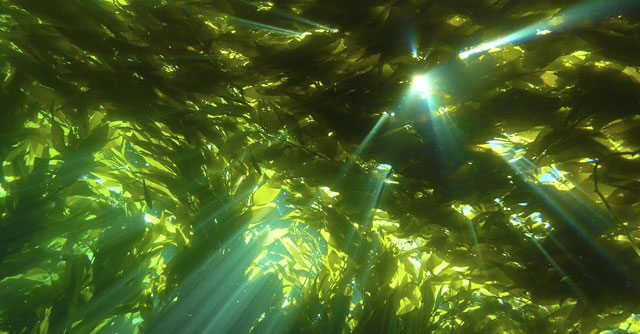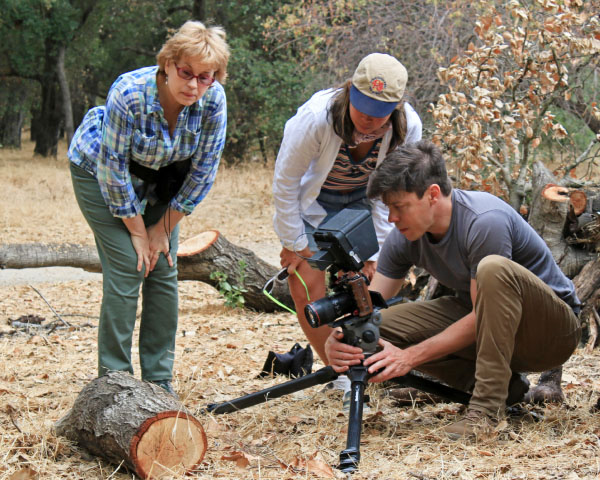
Researchers are launching a new project to monitor California’s kelp forests for radiation from the Fukushima nuclear power plant in Japan. For Kelp Watch 2014, as it’s called, scientists will fan out this year along the California coast, to collect kelp and find out if it has absorbed any radiation from the 2011 meltdown.
“I’ve gotten calls from people who are coming here to surf, people who live along the coastline, asking me, ‘Is it safe to go in the water?'” said Steven Manley, a biology professor at California State University, Long Beach who created Kelp Watch 2014. His plan is to measure radiation levels in kelp three times in multiple locations between the Oregon border and Baja California from mid February through next winter and make the results public.
“Part of the reason for doing this is because the public is very freaked out by all this talk of radioactivity,” he said. “If they can actually see the numbers and a commentary as to what they mean, hopefully that’ll put them at ease.”
Kelp forests, he said, are a good indicator. For one, they’re all over the place. “You can find them along the entire California coastline from San Diego all the way up to Del Norte County,” Manley said. Plus, kelp acts sort of like a sponge, taking in whatever is in the seawater on the surface of the ocean. “It’s sort of like having a large Geiger counter stretching the entire coastline,” he said.
Manley did an earlier study of Fukushima radiation and kelp. A month after the accident, he found radioactive iodine in kelp on the West Coast. The iodine had traveled from the nuclear power plant through the atmosphere, and has a very short half-life. So it got here quickly and disappeared quickly. Within a few months, he said, it was gone. The radioactiviy posed no health risk to humans, he said at the time, and had no effects on the giant kelp, or on fish or other marine life.
